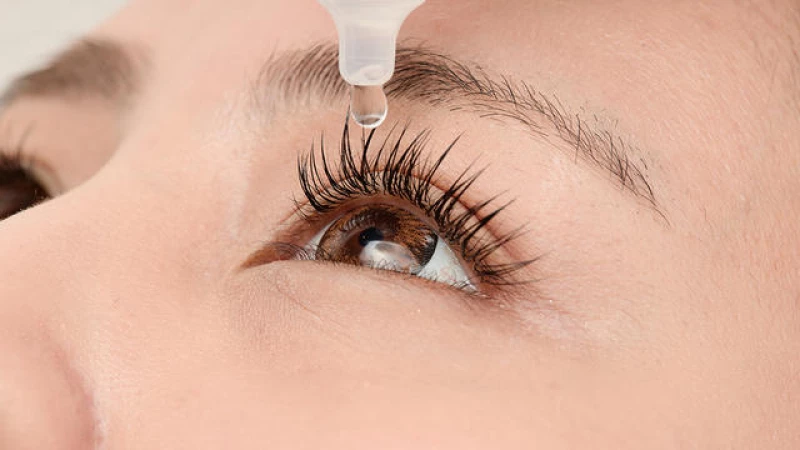With the recent alarming news about eye drops, it is important for individuals who use over-the-counter versions to check if the product has been recalled before using it, especially if it has been stored in the bathroom cabinet for a long time.
To ensure the safety of your eye drop brand, you can start by checking the Food and Drug Administration's list to see if it is one of the 28 different types of drops that have been recalled in recent weeks due to the presence of bacteria that can cause eye infections, potentially leading to vision loss or blindness.
These recalled eye drops, commonly known as artificial tears, are primarily over-the-counter lubricating drops used to relieve symptoms such as grittiness, dryness, and itching, according to Dr. Christopher Starr, a spokesperson for the American Academy of Ophthalmology (AAO).
In an email to CBS MoneyWatch, Dr. Starr, who is also an associate professor of ophthalmology at Weill Cornell Medicine in New York City, stated, "Any lubricating drop that has not been recalled and is still available on pharmacy shelves should be perfectly safe to use and would be reasonable replacements for the recalled drops."
It is advisable to conduct a search on the FDA or the manufacturer's website before purchasing any eye product, considering the issues with eye drops this year.
In early February, the U.S. Centers for Disease Control and Prevention (CDC) started investigating a series of infections related to artificial tears branded as ErziCare and Delsam Pharma. This outbreak affected more than 80 people in 18 states, resulting in four deaths and several cases of vision loss.
Following this incident, the FDA has taken a stricter approach in monitoring the safety of over-the-counter drops. The most recent recall was prompted by the agency's discovery that the products were not being manufactured appropriately. Dr. Ashley Brissette, a spokesperson for AAO and assistant professor of ophthalmology at Weill Cornell Medicine and New York Presbyterian Hospital, explained that the recall was not due to an outbreak of infections but rather due to manufacturing concerns.
All 28 recalled eye drop products were manufactured by Kilitch Healthcare India. FDA investigators found unsanitary conditions at the facility, leading to the recall.
The recent wave of recalls, whether due to legitimate safety concerns or misleading product claims, has caused anxiety among many individuals who rely on prescribed eye drops for conditions like glaucoma. However, it is important to note that no prescription drops have been recalled. Experts advise those with concerns or questions to continue using their prescribed eye drops and to reach out to their ophthalmologist for further guidance. The American Academy of Ophthalmology (AAO) also provides a comprehensive website with valuable information on eye health issues.
Take note of the expiration date
Contamination of eye drops can occur even outside of the manufacturing plant, which is why it is crucial to never use eye drops beyond their expiration date. Brissette emphasizes that the way the drops are used, such as the contact between the bottle tip and the face or eyeball, can lead to cross-contamination. To minimize risk, individuals are advised to wash their hands before applying eye drops.
Starr also highlights the importance of checking the expiration dates on eye drop bottles. Even well-manufactured eye drops that have not been recalled can pose a higher risk of contamination if they are expired. If anyone experiences symptoms such as eye discharge, redness, or pain (indicating a possible infection), it is recommended to seek immediate medical attention from an ophthalmologist.
According to the Centers for Disease Control and Prevention (CDC), symptoms of an eye infection may include:
- Yellow, green, or clear discharge from the eye
- Eye pain or discomfort
- Redness of the eye or eyelid
- Feeling of something in your eye (foreign body sensation)
- Increased sensitivity to light
- Blurry vision







